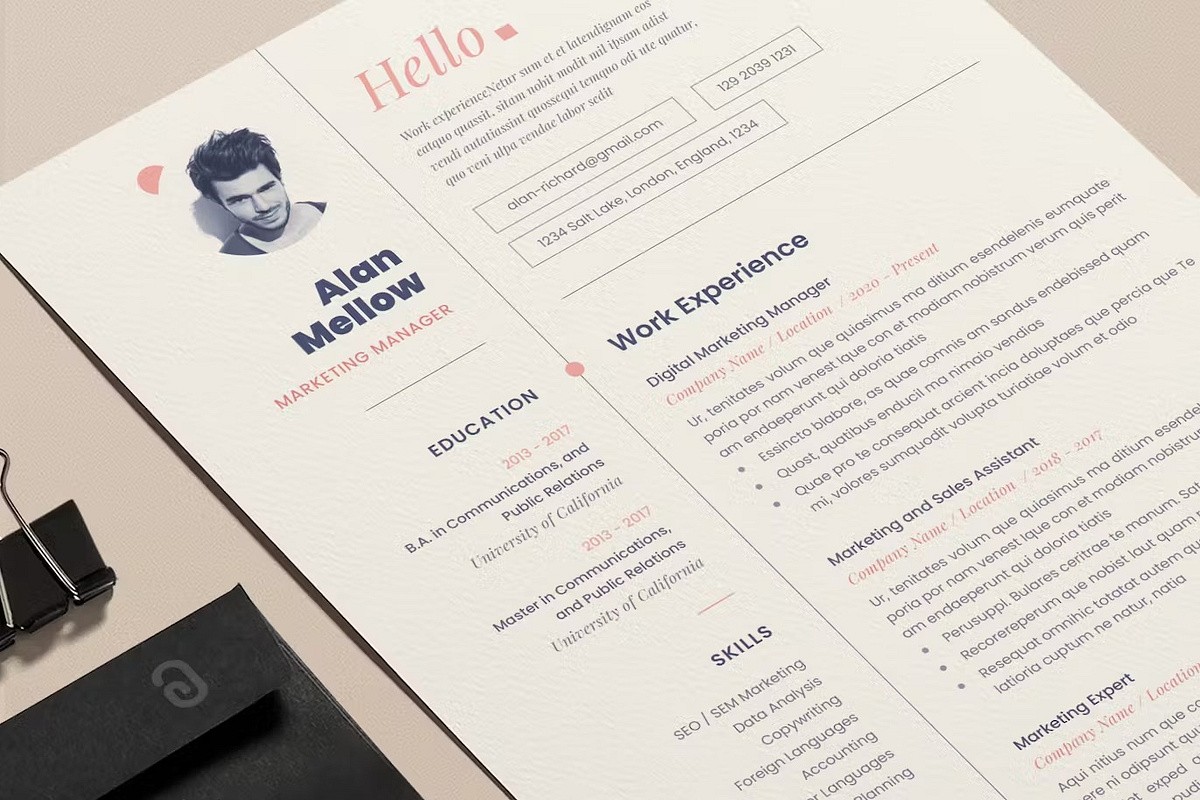Resume Building
Tailoring Your Resume for Each Job: Why It Matters & How to Do It
In the job search process, sending out the same resume to multiple companies may seem efficient, but it’s not the best approach. Each job is different, and hiring managers are looking for candidates who are a perfect fit for their specific role. By tailoring your resume for each job, you show that you're not only qualified but also the ideal candidate for that particular position. Here’s how to do it and why it’s essential.
Why Tailor Your Resume for Each Job?
While it may seem time-consuming, tailoring your resume for each job application is crucial for standing out in a competitive market. Here's why it matters:
Match Job Requirements: Each job posting has unique requirements, and tailoring your resume ensures you align with those specific needs.
Boost ATS Compatibility: Many companies use Applicant Tracking Systems (ATS) that filter resumes based on keywords. Tailoring your resume increases the chances that it will pass the ATS screening.
Showcase Relevance: Hiring managers are more likely to select candidates whose resumes clearly demonstrate how their skills and experience fit the role.
Demonstrate Attention to Detail: A tailored resume shows that you took the time to understand the job and company, signaling a high level of interest and professionalism.
Steps to Tailor Your Resume for Each Job
1. Study the Job Description Carefully
The first step in tailoring your resume is thoroughly reading the job description. Identify key skills, qualifications, and experiences that the employer is looking for. Pay attention to repeated terms or phrases, as these often indicate what the company values most.
Tip: Highlight or jot down the most important keywords and requirements for quick reference when editing your resume.
2. Customize Your Summary/Objective
The resume summary or objective is the first thing recruiters see, so make sure it speaks directly to the job you’re applying for. Use the job description to guide your language and emphasize your most relevant qualifications.
Example:
Generic Summary: "Experienced marketing professional with a background in digital and traditional media."
Tailored Summary: "Results-driven marketing specialist with 5+ years of experience in digital campaigns and SEO, seeking to leverage expertise in content strategy at [Company Name]."
3. Align Your Skills with Job Requirements
Skills are one of the first things hiring managers and ATS systems scan for. Tailor your skills section to include both hard and soft skills mentioned in the job posting. Make sure these skills are not only listed but also reflected in your experience.
Example: If the job requires project management and experience with specific tools like Jira, make sure these are highlighted in your skills and work experience sections.
4. Adjust Your Work Experience
Tailoring your resume doesn’t mean rewriting your work history, but it does involve adjusting how you present it. Emphasize experiences and achievements that directly relate to the role you're applying for. You may need to reorder bullet points or include specific metrics to highlight relevant accomplishments.
Tip: Use quantifiable results whenever possible, such as “Increased sales by 20% in six months” or “Managed a team of 10 to successfully complete projects ahead of schedule.”
5. Highlight Relevant Projects or Certifications
If the job requires specific technical skills or certifications, make sure these are prominently displayed on your resume. This is especially important for industries like IT, engineering, or healthcare where certifications carry significant weight.
Tip: If you’ve worked on projects that are similar to what’s described in the job posting, list them under a separate “Projects” section to showcase your experience.
6. Use the Right Keywords
Many companies use ATS to filter resumes based on keywords from the job description. Make sure to include these keywords in your resume, but ensure they fit naturally within the context. ATS systems look for exact matches, so pay attention to how the job description is worded.
Example: If the job description uses the term "content strategy," be sure to use that exact phrase rather than variations like "content planning."
Final Thoughts: Make Tailoring a Habit
Tailoring your resume for each job may seem like extra work, but it’s well worth the effort. By making small adjustments to align with the specific role and company, you significantly increase your chances of getting noticed—both by the ATS and the hiring manager.
Remember, your goal is to present yourself as the ideal candidate for each job. By customizing your resume, you’re showing that you understand the role, have the right skills, and are genuinely interested in the position.
With each tailored resume, you move one step closer to landing your dream job!



